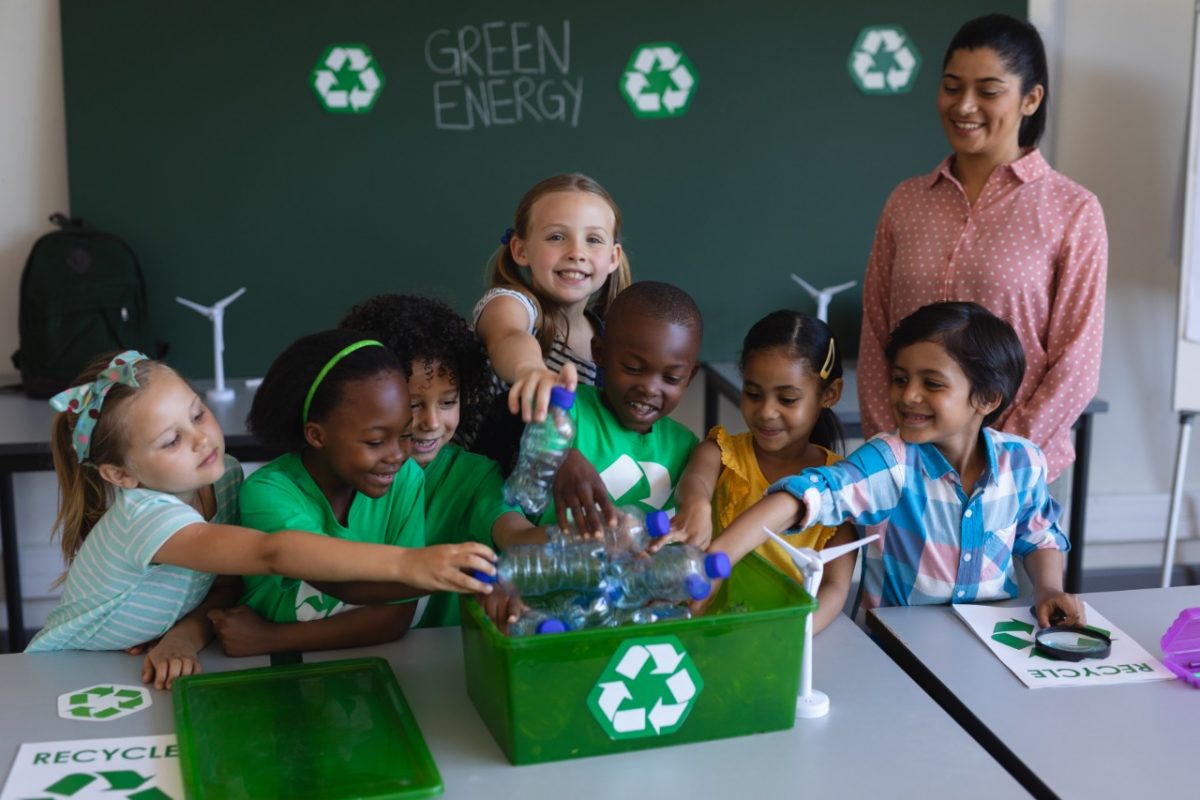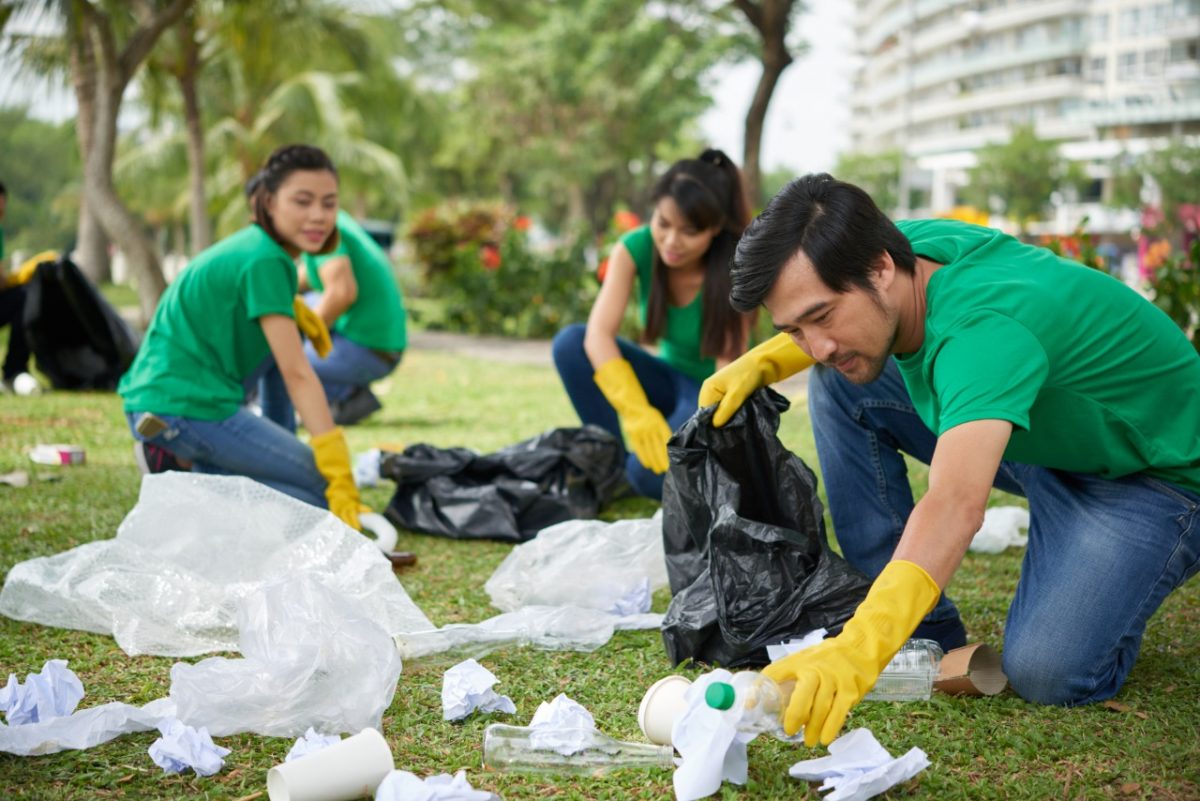The emergence of megacities and the gradual increase in the population of the planet are the main factors that result in the increasing generation of waste (organic and inorganic) worldwide, which reveals the importance of opening our eyes to the need for recycling.
Recycling, in turn, consists of the process of taking advantage of the discarded garbage, which will give rise to a new raw material or a new product. This reduces the production of tailings and their own accumulation in the environment.
Although many nations already have environmental programs and plans that take recycling into consideration, this must also be a job and a concern for each of us. Data compiled by the Business Association for Recycling (CEMPRE) show that Brazil is a country that produces almost 250 thousand tons of garbage every day, 45% of which is recyclable. However, our urban waste recycling rate, unfortunately, is still 2%.
The importance of recycling is directly associated with the development of sustainability – which includes not only caring for the environment, but also with socioeconomic aspects. This happens since whenever we make the proper disposal of products, we add value to the process as a whole, creating a cycle of reuse that generates, above all, an increase in the billing of those involved (garbage collectors’ cooperatives, for example), lower costs. production costs and stimulating the gradual growth of recycling.
What are the main benefits of recycling?
In addition to the aspects already mentioned above, recycling also:
- Minimizes the use of natural sources that are often not renewable;
- Reduces the use of waste that needs final treatment (such as incineration or landfill), which generates direct positive impacts for the environment;
- Decreases the production of new materials, which in the case of some of them, such as paper, for example, directly reflects in greater prevention of the environment, since it preserves forests and avoids cutting more trees;
- Stimulates the drop in the emission of gases such as carbon dioxide and methane;
- Decreases aggressions to soil, water and air;
- Reduces the accumulation of certain types of waste.
How to do your part in recycling?
There are several ways to dispose of your home’s garbage for recycling. The first step is to identify which products are recyclable or not, separate them at home and dispose of them correctly. It is worth mentioning that not all cities, condominiums or neighborhoods have a selective collection service. In these cases, the disposal is carried out in independent posts or by the municipal government.
Colors and care of recycling work
Blue | Papers
Blue is the color for recycling paper as a whole – including newspapers, cardboard boxes, leaflets, magazines and any clean packaging made of paper.
Considering the excessive amount of paper that is consumed worldwide, environmental problems such as the deforestation of forests, unfortunately, are still part of our daily lives. In order to reduce the incidence of these occurrences, paper recycling acts to reuse it, being one of the simplest – and equally economical – in the current world.
Plastics | Red
Red is the indicative color for recycling plastics, which includes, among others: plastic bags, pet bottles, supermarket bags and plastic packaging as a whole.
In general, plastic recycling consists of transforming them into small granules, which are then reused for the production of various materials, such as floors, garbage bags, packaging (except for food products), hoses, vehicle parts etc.
Metals | Yellow
Yellow is used to represent the disposal of metal products, as well as aluminum cans, steel products, copper, lids, nails, among others.
Green | Glass
Green bins are used to indicate the disposal of bottles, food packaging, medicine bottles and other glass items. Great care is needed in this disposal, in order to avoid accidents involving this material.
Other shades you need to know to properly dispose of materials are:
- Brown – disposal of organic waste;
- White – disposal of waste ambulance or health services;
- Black – wood waste;
- Purple – disposal of radioactive waste;
- Orange – disposal of hazardous waste;
- Gray – disposal of non-recyclable products.

